
Handheld gaming has come a long way, starting with basic games on small screens and now offering powerful, portable devices. Companies often took chances by including new technology before it was widely accepted. Features like color screens and internet access were introduced in these early consoles, well before they became common. Though not all of these consoles were successful at the time, they were important steps in creating the advanced handhelds we enjoy today.
‘Microvision’ (1979)
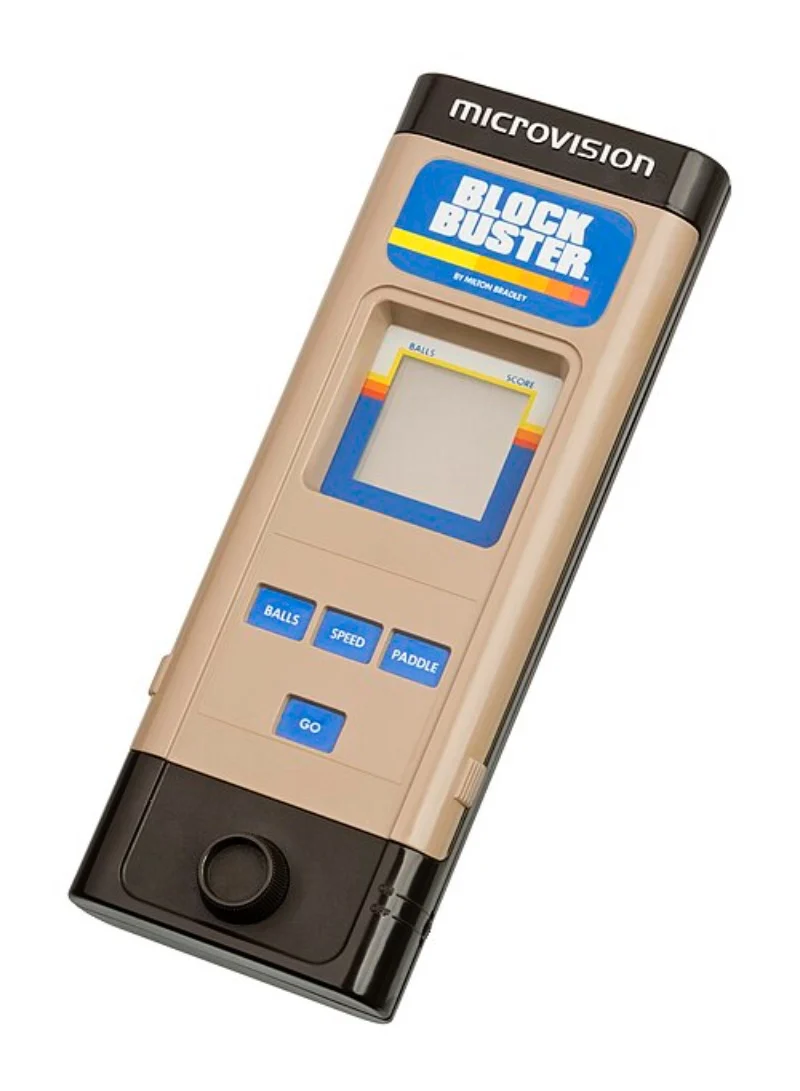
The Microvision was the first portable gaming console that let you change games using cartridges. Players controlled the action on its small screen with a knob. While it didn’t have many games available and its screen was easily damaged – making it hard to preserve – it pioneered the idea of swappable game cartridges, a concept that would shape the gaming industry for years to come. It proved that handheld gaming could be more than just simple, built-in games.
‘Atari Lynx’ (1989)
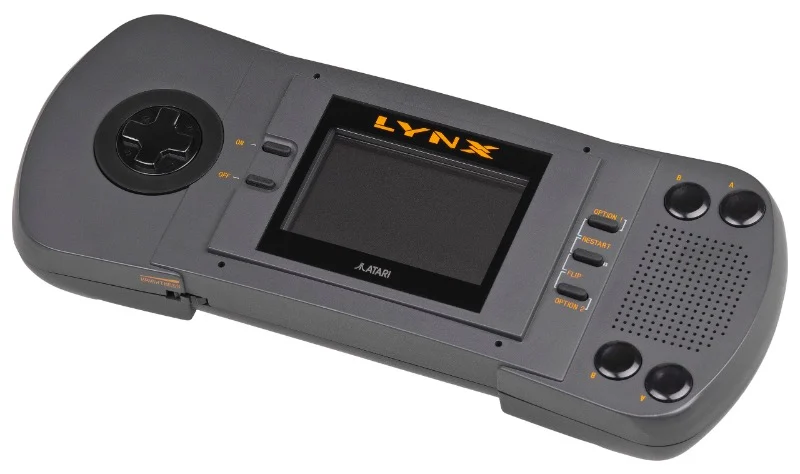
The Atari Lynx was a groundbreaking handheld console, being the first to offer a full-color LCD screen. It could create impressive 3D visuals thanks to its ability to scale and zoom graphics. The Lynx was also thoughtfully designed to be comfortable for both left- and right-handed players. Up to seventeen consoles could even be linked together for multiplayer games. However, all this power meant the Lynx had a short battery life and was quite large and bulky.
‘TurboExpress’ (1990)
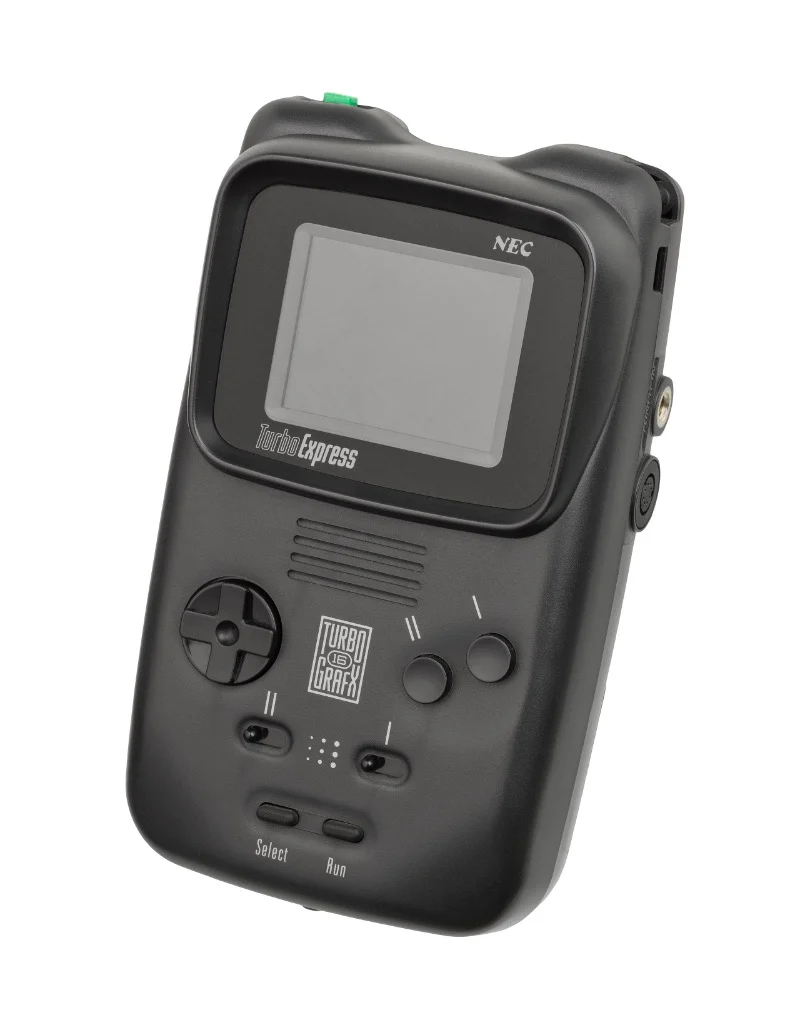
The TurboExpress was essentially a portable version of the TurboGrafx-16 console, allowing gamers to play the same game cards on the go. Unlike other handhelds, it didn’t require separate, simplified game versions. An add-on tuner could even turn its screen into a portable color TV. While technologically advanced compared to its rivals, the TurboExpress was expensive and drained batteries quickly. The idea of playing full console games on a handheld device was remarkably forward-thinking.
‘Sega Nomad’ (1995)
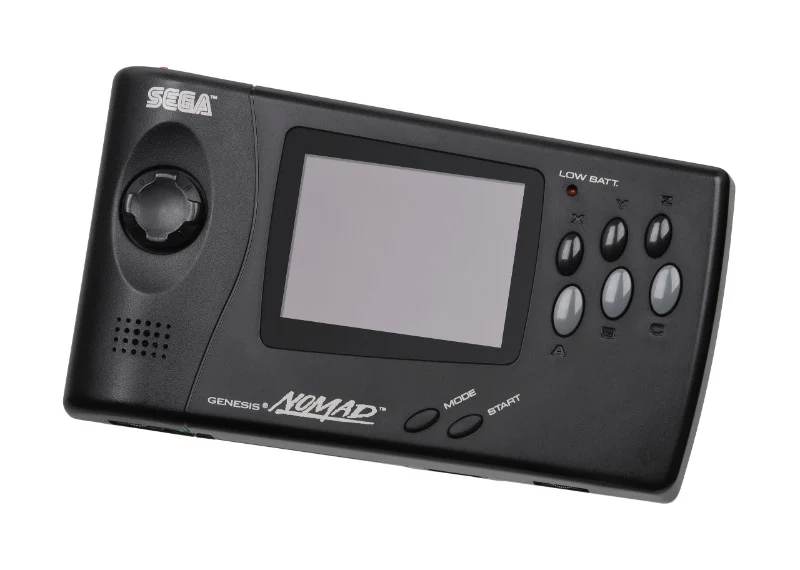
The Sega Nomad was a handheld version of the Sega Genesis, released only in North America. It could play regular Genesis game cartridges and even connect to a TV, letting you play like you would on a home console. Despite its innovative features, it didn’t sell well, likely because it came out at the wrong time, just before more powerful 32-bit gaming systems were released. Its ability to function as both a handheld and a home console was ahead of its time and foreshadowed similar features in today’s gaming devices.
‘WonderSwan’ (1999)

Gunpei Yokoi created the WonderSwan as a handheld gaming system with a simple, black-and-white screen but incredibly long battery life – it ran on just one AA battery. Players could rotate the device to play games either sideways or vertically, and many games were designed to take advantage of this. The WonderSwan was a popular competitor to Nintendo in Japan, thanks to its affordable price and distinct selection of games. Later versions of the system added a color screen to stay current with what players wanted.
‘Nokia N-Gage’ (2003)
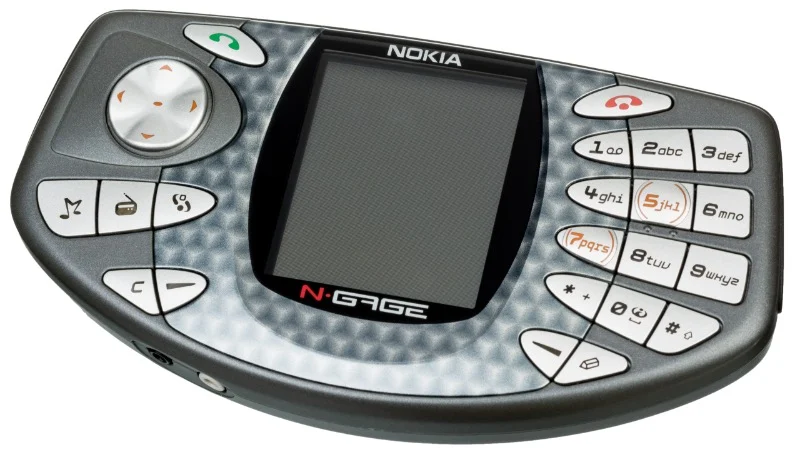
Nokia tried to combine cell phones and handheld gaming with the N-Gage. It worked as a regular phone but also played dedicated game cartridges. It even offered Bluetooth multiplayer and online gaming through the N-Gage Arena, features that weren’t common at the time. Unfortunately, issues with its design – like holding it up to your ear while talking and a difficult-to-remove battery – prevented it from becoming popular. However, the N-Gage was ahead of its time, accurately anticipating that smartphones would eventually become the main way people play games on the go.
‘Tapwave Zodiac’ (2003)
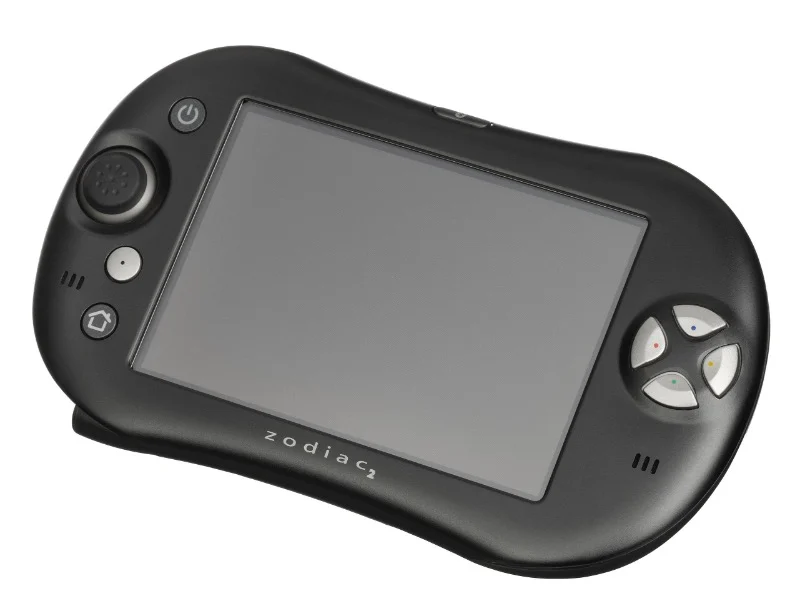
The Tapwave Zodiac was a high-end multimedia device that ran on the Palm OS. It was designed for entertainment, offering features like video and music playback, and included a dedicated analog stick and triggers for gaming. Its solid metal build and high-resolution touchscreen gave it a premium feel, setting it apart from many plastic handhelds of the time. It even had surprisingly powerful 3D graphics hardware for its era. Although it didn’t become widely available in stores, the Zodiac demonstrated how personal digital assistants (PDAs) could combine productivity with advanced gaming capabilities.
‘PlayStation Portable’ (2004)

When the PlayStation Portable came out, it totally blew me away. It was the first handheld that actually looked and played like a home console – the graphics were incredible! They used these special UMD discs for games and even full movies, which made it a really versatile device. Plus, it had Wi-Fi built in, so I could browse the web and play online with friends. Honestly, the PSP’s cool design and big screen seemed to attract a lot of gamers who had grown up with consoles. It really proved that Sony could compete with Nintendo in the handheld space by offering something truly high-end.
‘Gizmondo’ (2005)
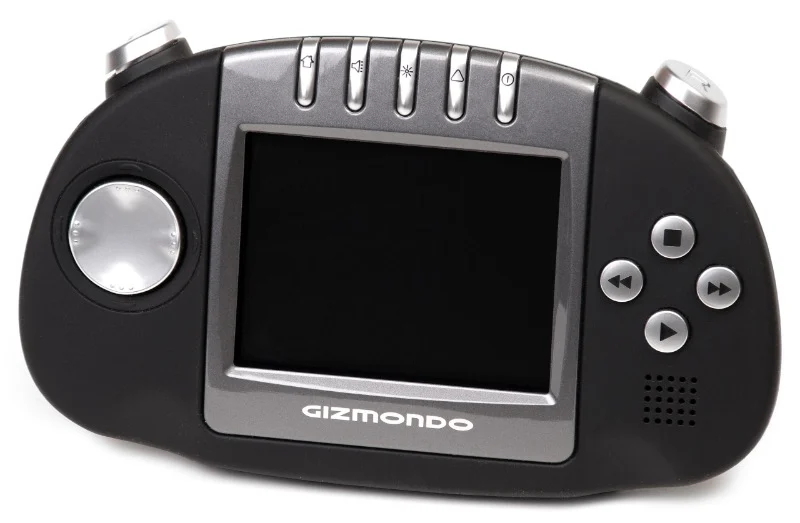
I remember when Tiger Telematics launched the Gizmondo – it was a really interesting handheld! It had GPS and a camera, which was cool for the time, and they even used augmented reality in some of the games, making you actually move around outside to play. You could also text and email using a GPRS connection. Honestly, though, it’s more famous for the legal troubles of the people who made it than for the device itself. It’s a shame, because the idea of games that used your location was way ahead of its time – it basically predicted ‘Pokémon GO’ by years!
‘PlayStation Vita’ (2011)

The PlayStation Vita was a standout handheld thanks to its beautiful OLED touchscreen and innovative rear touchpad. It addressed a common frustration with portable action games by including two analog sticks for better control. Players could even stream games from their PlayStation console at home using a feature called Remote Play. Unfortunately, the Vita’s use of unique memory cards and a lack of support from many Western game developers ultimately shortened its time on the market. Despite this, the system remains popular with enthusiasts who appreciate its high-quality design and early embrace of digital game purchases that worked across multiple platforms.
Let us know in the comments which of these portable gaming devices you regret getting rid of!
Read More
- DOGE PREDICTION. DOGE cryptocurrency
- Calvin Harris Announces India Debut With 2 Shows Across Mumbai and Bangalore in November: How to Attend
- EQT Earnings: Strong Production
- Docusign’s Theatrical Ascent Amidst Market Farce
- The Relentless Ascent of Broadcom Stock: Why It’s Not Too Late to Jump In
- TON PREDICTION. TON cryptocurrency
- Ultraman Live Stage Show: Kaiju Battles and LED Effects Coming to America This Fall
- HBO Boss Discusses the Possibility of THE PENGUIN Season 2
- Why Rocket Lab Stock Skyrocketed Last Week
- The Dividend Maze: VYM and HDV in a Labyrinth of Yield and Diversification
2025-11-26 18:15